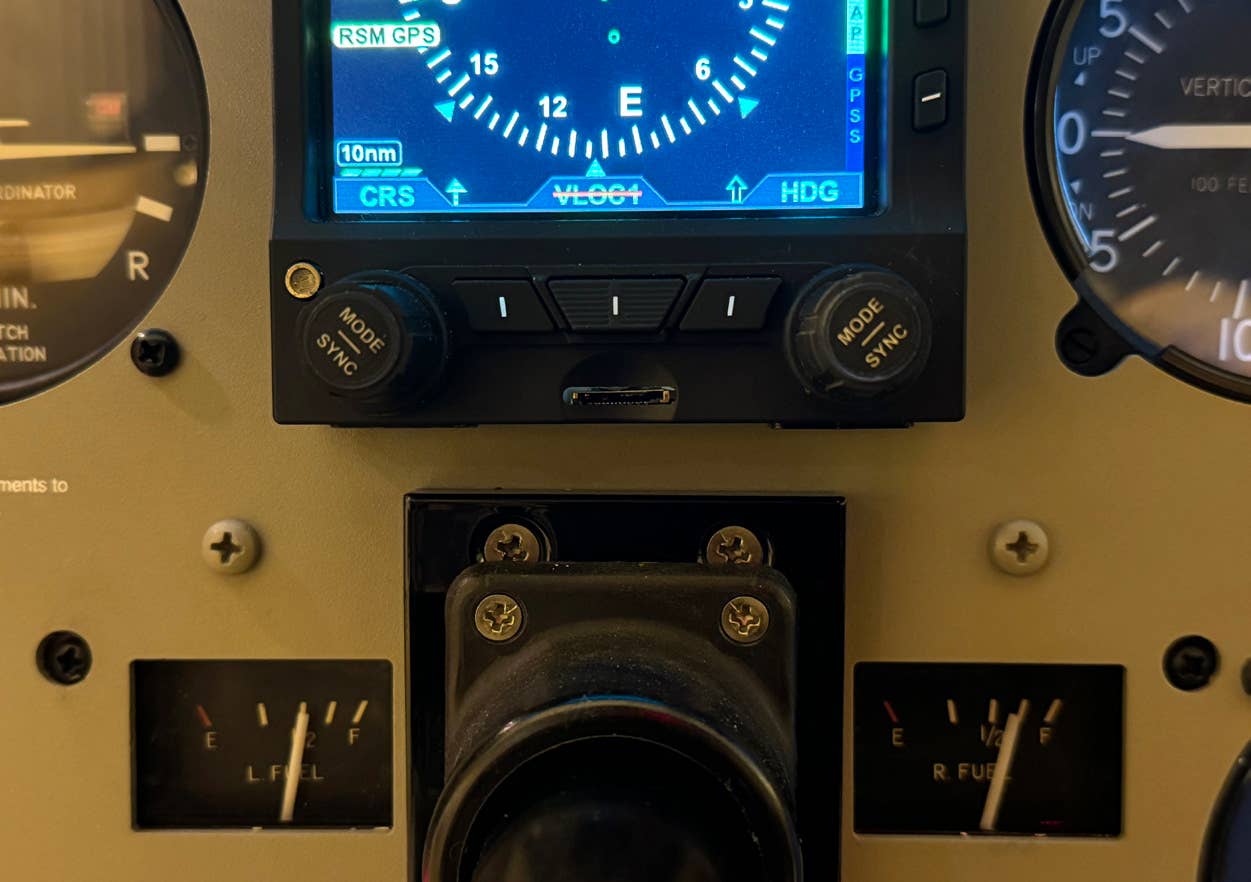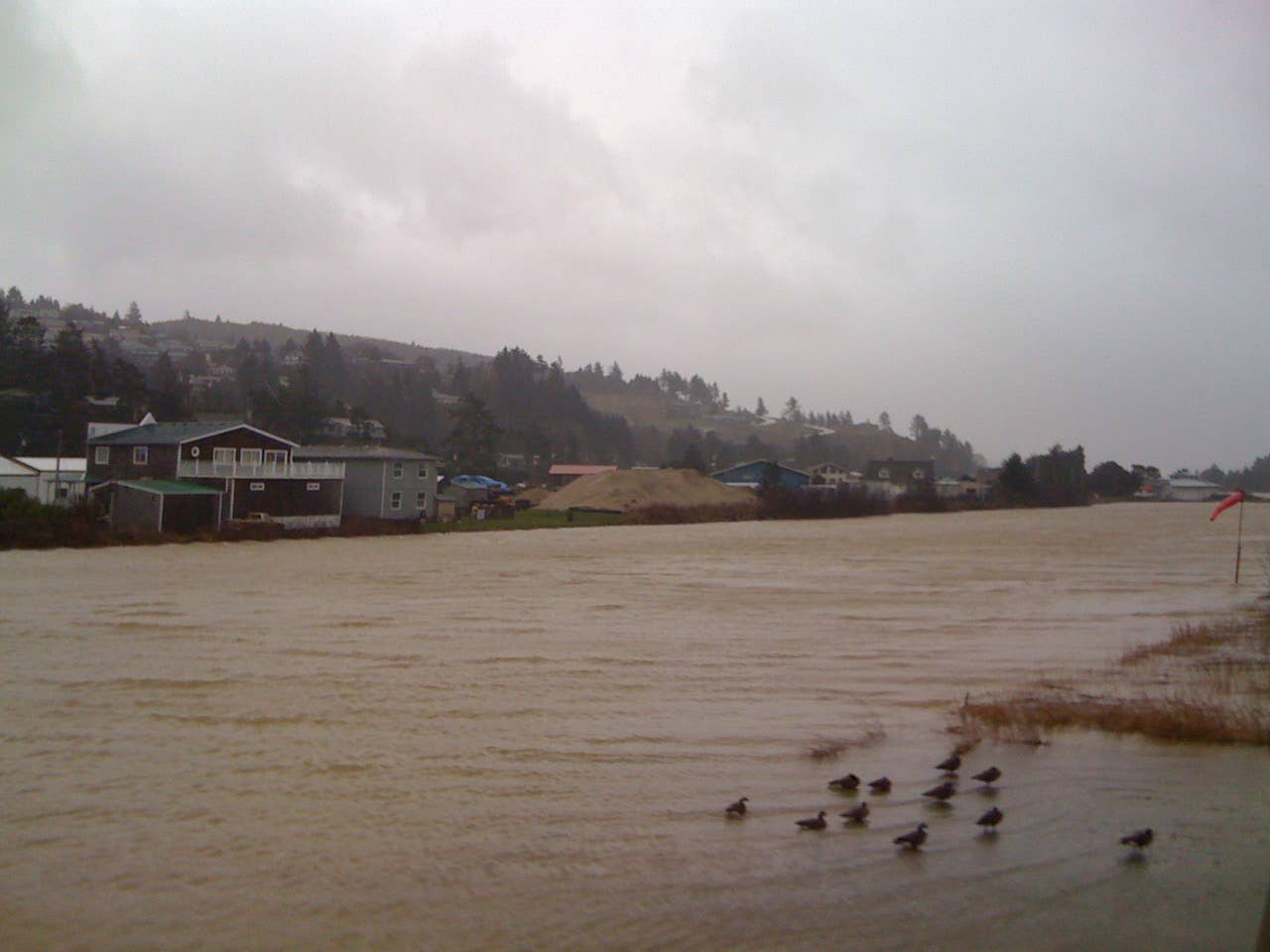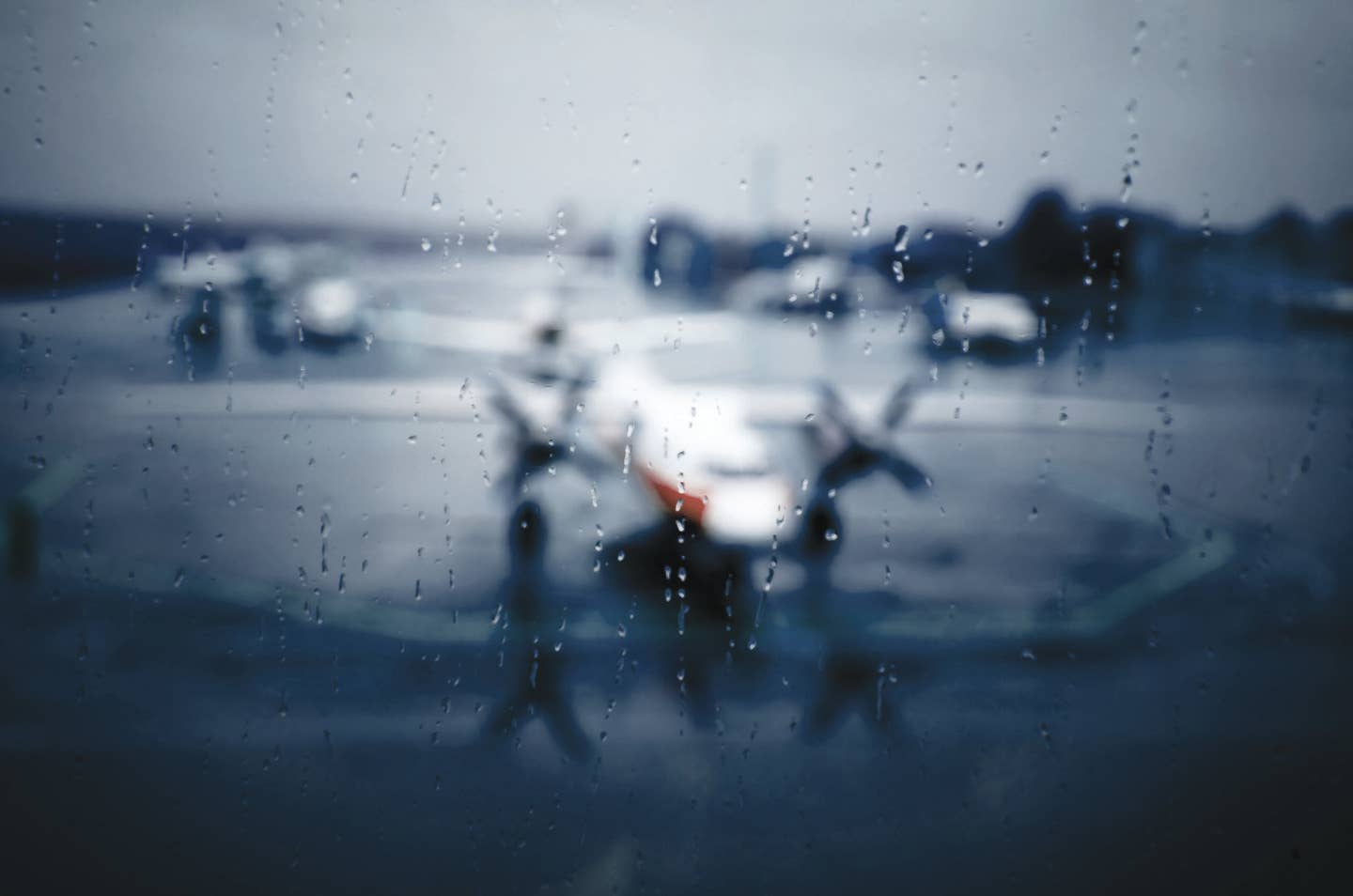
A helicopter accident prompted meetings aimed at changing airborne traffic culture. Bell Helicopter
The atmosphere in our normally gray conference room was, well, colorful, and the manager was wishing he hadn’t OK’d my idea for an informal meeting with local traffic helicopter and fixed-wing pilots after a recent and highly publicized accident.
On that frigid, foggy morning, a pilot and a female reporter lifted off in a Bell Jet Ranger from a heliport northeast of Lunken Airport. Fog around Lunken was so dense that a second Jet Ranger returned to base and urged the other pilot to do the same. Maybe since some traffic reporters from other stations were already airborne, he opted to continue. He wasn’t in sight of the tower as he proceeded along a taxiway at low altitude; visibility in this area, at the confluence of the Little Miami and Ohio rivers, was zero. But the noninstrument-rated pilot continued beyond the airport and crashed into trees on an adjacent densely wooded hillside. Both he and the reporter were killed. Fog was so dense that it took several hours for rescuers to locate the crash scene.
Emergency equipment was passing our office, and another inspector and I followed them to the accident site. These were pre-bunny-suit days, so I climbed the densely forested hill in a skirt, winter coat and leather pumps. Rough going, but nothing compared to the catastrophic, ugly and incredibly sad accident scene. Cops were cordoning off the area from scavengers (yes, really), and EMS teams still searching. The NTSB would arrive later to take over the investigation; we interviewed the motorist who “saw something” in the trees, talked to the cops, and took pictures. I whispered a prayer and sprinkled holy water from my cache.
Only pilots had been invited to that meeting at the FSDO, but newsroom and station managers got wind and arrived in force. With reporters and cameramen milling around outside, my boss called the regional office and was, to put it mildly, not happy. The meeting got nowhere, with every media exec and newsroom manager hotly denying they pressured their pilots to fly and the pilots saying nothing. But I knew — hell, everybody knew — about the fierce competition between stations, and had heard snide on-air remarks like “Well, folks, another morning with our chopper up while the other guys are still on the ground.”
A year later, the final NTSB report would list factors contributing to the event as “near-dark conditions, rising terrain, the pilot’s lack of instrument time [and] pressure induced by … company/operator management [and] pressure by the pilot in command.”
In those pre-webcam and -drone days, airborne traffic reporting was big and the broadcasting market highly competitive. Stations vied with one another for the best coverage. There were as many as three helicopters and three or four airplanes flying during busy commuting times. But it was the voice of John Phillips that was most familiar in the Cincinnati area. Flying an Enstrom Shark helicopter, he broadcast live traffic reports to nine Cincinnati-area radio and TV stations while communicating with Approach Control, two control towers, station broadcasters and other traffic. This was solo and VFR, and I can attest to John’s skill in simultaneously handling the radio and the Enstrom because I flew with him — no, I don’t remember if that was authorized.
An amazing thing, largely driven by John, came out of that tragic accident. The airborne traffic culture had to change, so we asked the pilots to meet for breakfast at a restaurant, knowing you can attract young, hungry pilots anywhere by offering free food. There’d be no management, reporters, bosses, notes or attendance records. John’s stations even picked up the tab.
So we met for breakfast every few months for years, with air traffic people and police and medevac pilots. They discussed equipment, weather, routes and frequencies, and worked out airspace and traffic issues. It was great to see ugly, adversarial relationships morph into friendships and maybe avert another tragedy.
Station managers, news broadcasters and listeners loved John Phillips — cops, fire departments and medevac helicopter operators, not so much. “Peter Pan” would call me (Wendy) with “Listen, you may get a call from the cops, but I absolutely didn’t … ” They’d grumble when he got there first and claim he was a nuisance. But beneath that talented, articulate, breezy and gutsy persona was a responsible and safety-conscious pilot who, I’m confident, never interfered with a rescue operation.
He’d land his helicopter on an interstate median to give a live report or mediate an angry exchange between motorists. He once ended up in police custody for shooting groundhogs while hovering at the Blue Ash Airport. That he ended up in court only enhanced his popularity.
John called a while back about giving an instrument practical test. I said sure but reneged when the FAA ripped off my examiner buttons.
He left a message on my phone because his family is leaving Cincinnati for good this time. We probably won’t run into each other, but he poignantly said how much our friendship has meant and ended by saying, “I love you.”
I get teary when I listen to that message; it’ll stay on my machine forever.

Sign-up for newsletters & special offers!
Get the latest FLYING stories & special offers delivered directly to your inbox






